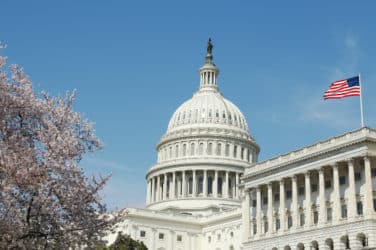
Thomson Reuters’ FXall has implemented a new Provisory Liquidity protocol that allows users of its Order Book ECN and its streaming quote protocols to make informed choices about the use of “last look” liquidity, or liquidity that’s provided by market makers.
The protocol requires market makers to adhere to rigid eligibility and qualification rules so that participants have actionable intelligence into execution quality. The behavioral and platform controls associated with the Provisory Liquidity protocol empower participants to choose liquidity sources that best suit their needs while mitigating the impact of physical distance on execution quality, according to a release.
“When used appropriately, customers can really benefit from this type of liquidity,” Phil Weisberg, global head of FX at Thomson Reuters, told Markets Media. “The level of knowledge has to be raised in the industry so that people understand how to differentiate those situations where this is really beneficial from those situations when people are better off using firm liquidity exclusively like we have on our Matching platform.”
Thomson Reuters last year implemented a rule book for Thomson Reuters Matching, an anonymous central limit order book for FX, which sets out a combination of platform controls and behavioral rules governing fill ratios, minimum quote lives, and tick sizes.
“Our Matching platform has had a rule book in place which we updated about a year ago to give people guidance on behaviors that we thought were appropriate in the context of an order-driven protocol,” said Weisberg.
“Last look liquidity” means that price makers have the right to reject an order before its filled. “It is where the person who made the price is getting the ability to decide when a trade is a trade,” Weisberg said. “Last look liquidity means liquidity where the person making the price is ultimately going to have the decision rights over when that order is filled.”
As FX trading continue to transition from a phone-based to electronic model, last look liquidity is problematic because traders can’t easily discern whether an order will get filled at a given price quote.
“There is potential conflict when the person making the price decides whether or not the order is filled,” Weisberg said. “There’s the potential for unintended consequences of that. When you have those attributes on your platform, you need to have good governance policies and transparency so that people can understand what’s happening and make informed decisions about whether that type of liquidity is actually beneficial to them.”
That’s what Provisory Liquidity policy is about. “It’s a series of guard rails for people who are relying on liquidity where the market maker is the one who is making the decision about whether the order is filled as opposed to a neutral third-party platform operator,” Weisberg said. “Given that we’re a liquidity venue that offers multiple ways to effectively consume liquidity, we want to make sure our customers are educated, empowered and informed to make those good decisions.”
For market makers, “this means there are certain SLAs that we expect them to meet,” Weisberg said. “We’re going to ask them to work harder on their technology and how they operate their business in order to qualify to be able to offer those services to clients.”






